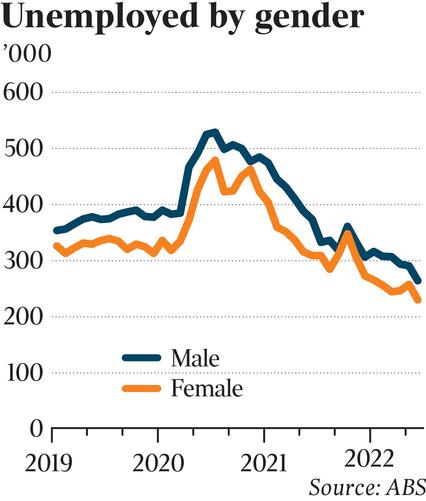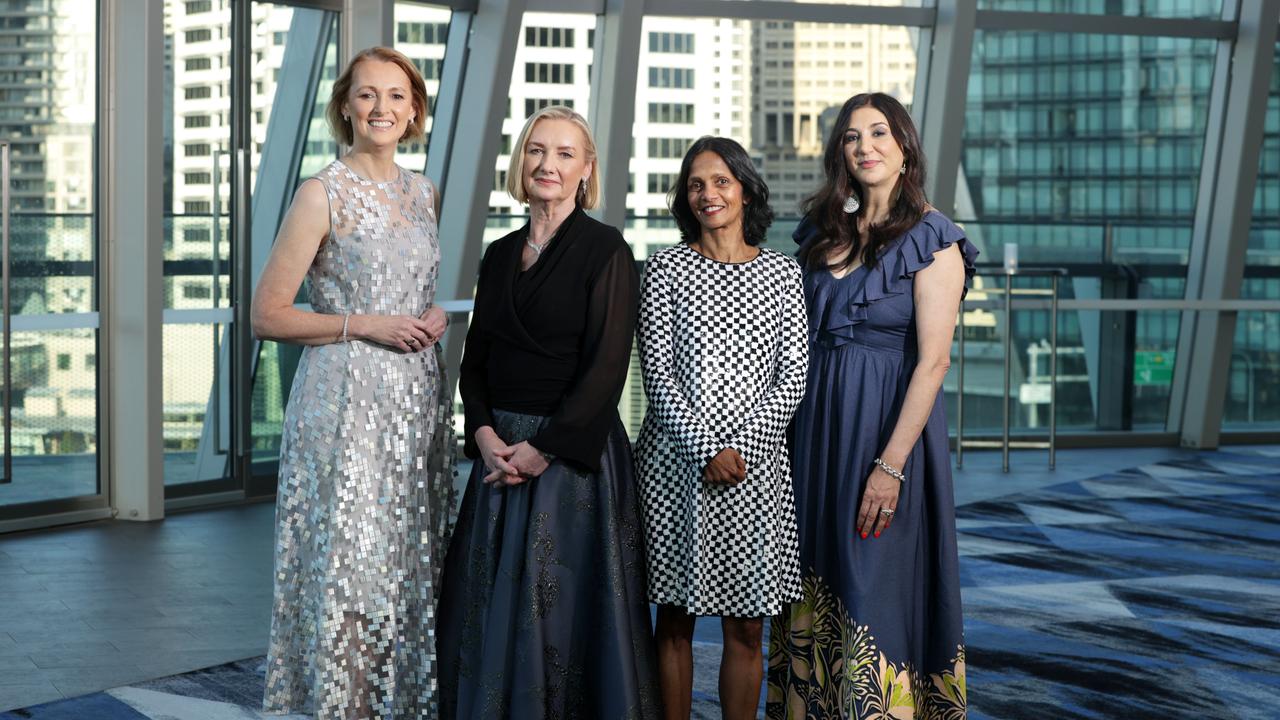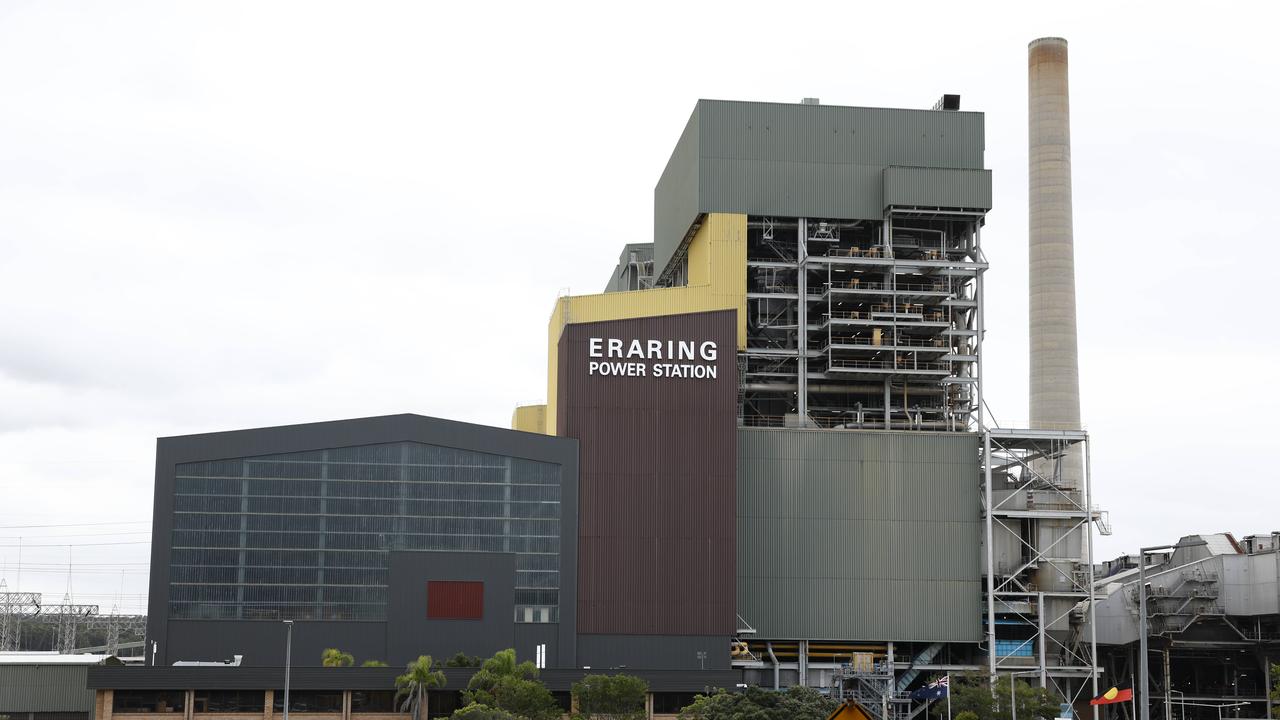As interest rates rise, women have the most to lose
As the Reserve Bank issues its latest rate hike, there is a hard truth around the great slowdown that we have to have.

Business
Don't miss out on the headlines from Business. Followed categories will be added to My News.
Behind the Reserve Bank’s latest effort to cool the economy there is a hard truth around the great slowdown that we have to have.
A slowdown means one thing: job losses, and even Treasury expects unemployment to start drifting up again after just hitting the lowest level in 50 years.
But official figures show a slowing Australian economy disproportionately hurts females.
Between Covid-19 lockdowns and an underperforming economy since the start of 2019, female unemployment has been the most sensitive to swings in growth.
Broadly this could generally be put down to the nature of work, where women dominate service and retail industries, healthcare and teaching, which were affected by lockdowns.
But the reality is when women lose jobs, they lose not only disposable income, but risk falling years behind in superannuation. Job losses also mean narrowing opportunities for training and advancement or walking away from the workforce entirely.
While talking about unemployment seems at odds with an economy running close to full employment, the job market is about to change.
In the latest figures compiled by ANZ, monthly job advertisements fell 1.1 per cent in July, a sign “that we may have passed the peak” in demand for labour, says ANZ senior economist Catherine Birch.

On Tuesday the RBA pushed through its third consecutive cash rate rise, citing its priority on returning inflation back to its target band.
Even with the 50 basis point rate hike pushing the cash rate to 1.85 per cent, the central bank is only part way through its raising cycle, as economists have been tipping the cash rate could hit as much as 3.35 per cent next year, a move that will clearly put the brakes on the economy.
The latest ABS Labour force survey contains a trove of data just beneath the surface of the headline, which revealed a near 50-year-low in unemployment at 3.5 per cent.
It shows that young women – 18 to 25-year-olds – were hit hardest by job losses in recent years, particularly in the first wave of lockdowns. When we talk about Australians losing jobs as the pandemic hit in early 2020 it was clear it was young women who wanted to work, but unemployment surged 51 per cent.
For men in the same age bracket, unemployment increased 22 per cent from February 2020 to the peak job losses through Covid.

The gender unemployment gap across all age groups across Australia was narrower, but again females were most impacted over recent years. Female unemployment surged 43 per cent from February 2020 to the peak job losses while for men the increase was 38 per cent.
Women in Victoria were most at risk of job losses and remained out of work longer than men. Across the state female unemployment overtook men’s in terms of sheer numbers, with the gap nearly blowing out to 20,000 at one point. Even today there are more women in Victoria looking for work than men.
In Queensland the rate of unemployed females has stayed above men throughout the pandemic. At its peak in late 2020, some 174,000 women were unemployed across the state, compared to 117,000 men. In NSW the number of unemployed women sat below men, but the increase for females was more pronounced.
A Women in Super forum later on Tuesday hopes to tackle the issue of low super balances, noting that women on average retire with almost one-third less super than men.
The forum, which is backed by the likes of two of the nation’s biggest super funds – Australian Super and Aware Super – will argue for more favourable tax treatment for low-paid workers and those that perform unpaid caring work when it comes to super contributions.

Jobs for all
The good news is it works the other way. When the economy grows, females tend to get ready access to the jobs market and this means unemployment for women falls away at a faster rate than for men.
Right now, with the labour market so tight, more women are working than ever before in both full-time and part-time roles. Importantly, more women are making themselves available to work – an important distinction in crunching jobs numbers – which means participation rates are also pushing record highs. Of the entire adult female population, a record 60.5 per cent are now working, the ABS figures show. The equivalent figure in January 2019 was 56.6 per cent.
The employment to population figure for Australian men was 68.6 per cent in June. In the past decade this figure has hit 70 per cent. In the late 1970s more than 75 per cent of Australia’s male working age population were in jobs.
The employment numbers for women now are moving in the right direction but a slowdown is coming.

Last week Treasurer Jim Chalmers issued a downbeat outlook for the economy, lifting inflation expectations while lowering growth forecasts. Treasury is now tipping GDP to grow at 3 per cent this financial year and slowing to 2 per cent next financial year.
Some including Westpac are more gloomy on the outlook for growth, which could slow to as little as 1 per cent next year.
Westpac chief economist Bill Evans has lifted his end-2023 unemployment rate forecast from to 4.2 per cent from 3.5 per cent previously. By the end of 2024 he expects an unemployment rate to hit 5 per cent, which could translate to more than 520,000 Australians out of work. With record levels of women now in the workforce, there is a risk that for the first time women could dominate the unemployment ranks.







